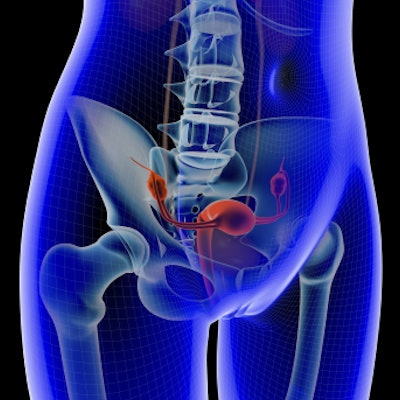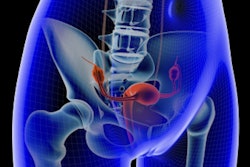
Women who choose less-invasive procedures in lieu of hysterectomy for their uterine fibroid treatment commonly need further interventions within five years, according to a study published online August 7 in the Journal of Women's Health. The reintervention rate varied depending on the type of treatment received.
In a study involving more than 35,000 women, lead author Matthew Davis of Medicus Economics in Milton, MA, and colleagues found that five-year reintervention rates for women receiving myomectomy, endometrial ablation, or uterine artery embolization (UAE) ranged from 19% to 33%. As a result, they concluded that women need to consider the possible need for further treatment when making these therapeutic decisions for uterine fibroids.
While these alternative methods for treating uterine fibroids can be effective, the long-term incidence of further interventions hadn't been fully evaluated, according to the group.
"Patients who undergo a more conservative approach than hysterectomy would prefer to avoid additional procedures, but there is limited recent evidence describing long-term reintervention rates with direct comparisons between myomectomy, endometrial ablation, and UAE, especially in large samples with more than one year of follow-up observation," the authors noted.
Davis and colleagues estimated five-year reintervention rates and tracked predictors of additional treatment using Truven Health Analytics data for 35,631 women between 18 and 49 years of age. These women had all received a uterine fibroid diagnosis before myomectomy, endometrial ablation, or UAE between 2008 and 2014. The researchers categorized the women by index date (when the initial procedure was performed).
The total patient cohort included the following:
- 13,804 women who underwent myomectomy
- 17,198 women who underwent endometrial ablation
- 4,629 women who underwent UAE
Myomectomy had the lowest reintervention rate at one year following the initial procedure. The reintervention rate increased significantly for all procedures, however, by the five-year post-treatment mark.
| Reintervention rates after uterine fibroid treatment | ||
| Procedure | Reintervention rate in 1st year after initial procedure | Reintervention rate at 5 years after initial procedure |
| Myomectomy | 4.2% | 19% |
| UAE | 7% | 24% |
| Endometrial ablation | 12.4% | 33% |
Among those women who had further treatment within the first year, the average time between the initial intervention and the reintervention was shortest for myomectomy (149 days), followed by endometrial ablation (158 days) and UAE (175 days).
Having to undergo further procedures after the initial treatment of uterine fibroids can be a burden for women, and the variation across the range of procedures should be taken into account, Davis and colleagues concluded.
"This study demonstrates that the need for reintervention in the treatment of patients with uterine fibroids is common and differs across ... procedures," the group wrote. "Although selection of a particular intervention should be specific to the patient, provider, and clinical profile, the risk of requiring reintervention should be an important consideration when determining the appropriate treatment approach."



















